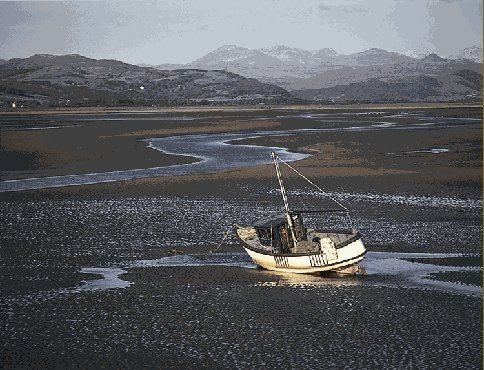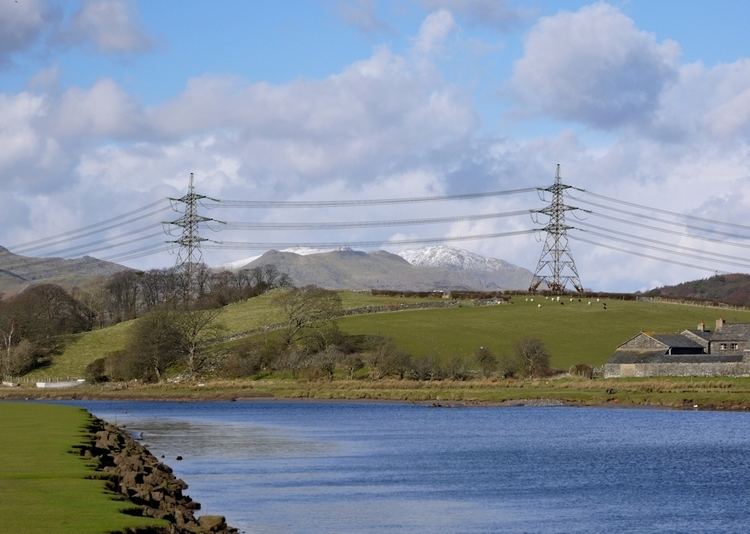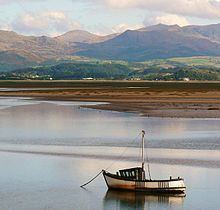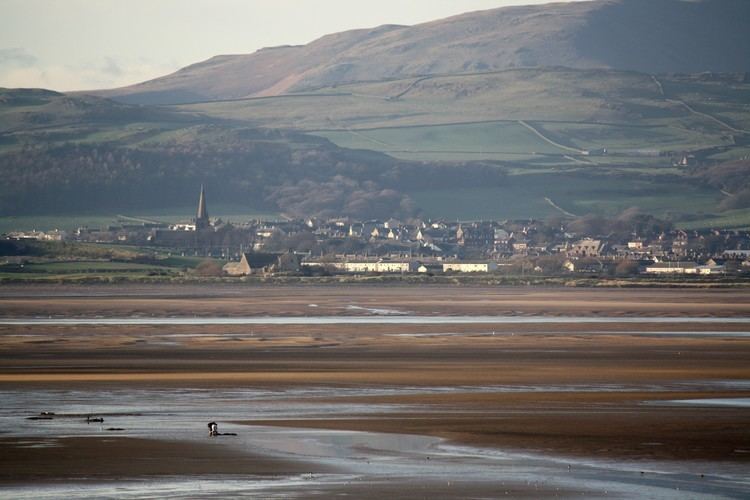 | ||
Duddon estuary lake district cumbria
The Duddon Estuary is the sandy, gritty estuary of the River Duddon that lies between Morecambe Bay and the west Cumbrian coast.
Contents
- Duddon estuary lake district cumbria
- Duddon estuary bridge concept
- Biological importance
- Fauna
- Birds
- Flora
- Threats
- References

It opens into the Irish Sea to the north of the Furness peninsula; Walney Island forming part of its southern edge. Its 28 miles (45 km) of shoreline enclose an area of 13 square miles (35 km2), making it the second largest estuary in Cumbria after the Solway Firth.

The main settlements alongside the Duddon estuary are Haverigg, Millom, Foxfield, Kirkby-in-Furness, Askam and Ireleth and Barrow-in-Furness.
Duddon estuary bridge concept
Biological importance

The estuary as a whole was designated as a Site of Special Scientific Interest (SSSI) in 1990 with the amalgamation of five previously separate SSSIs: Duddon Sands, Sandscale Haws, North Walney, Hodbarrow Lagoon and Haverigg Haws. It is a Ramsar site.
Fauna

The Duddon Estuary is significant for natterjack toads. It supports one fifth of the national population of the rare amphibian that is only found at 50 sites in the UK, of which five are in the Duddon Estuary.
Birds
The Duddon Estuary is an Important Bird Area. Species to be seen include pintail, red knot and common redshank with wintering waterfowl including common shelduck, red-breasted mergansers, Eurasian oystercatchers, ringed plover, dunlin and Eurasian curlew.
In 1998 it was designated a Special Protection Area (SPA) under the Birds Directive. It qualified under three criteria:
In 2016, before the United Kingdom European Union membership referendum, there were consultations on a proposal that Morecambe Bay and Duddon Estuary be combined in a new SPA. The new "pSPA" would amalgamate the existing Morecambe Bay and Duddon Estuary SPAs and would add marine areas identified for foraging terns breeding in either of the SPAs.
Flora
The estuary is botanically rich with salt marsh, sand dune and shingle communities, including a nationally rare shingle vegetation community at Haverigg Haws and North Walney.
Shingle species include sea sandwort, spear-leaved orache, sea rocket and sea kale. All the dune grasslands at Sandscale Haws, Haverigg Haws and North Walney support a rich flora with the rare dune helleborine.
Threats
Development has had no significant effect on the nature conservation interest of the estuary, but it is at risk from coastal defence works, grazing by agricultural stock, sea level rise, recreational pressure and bait digging.
